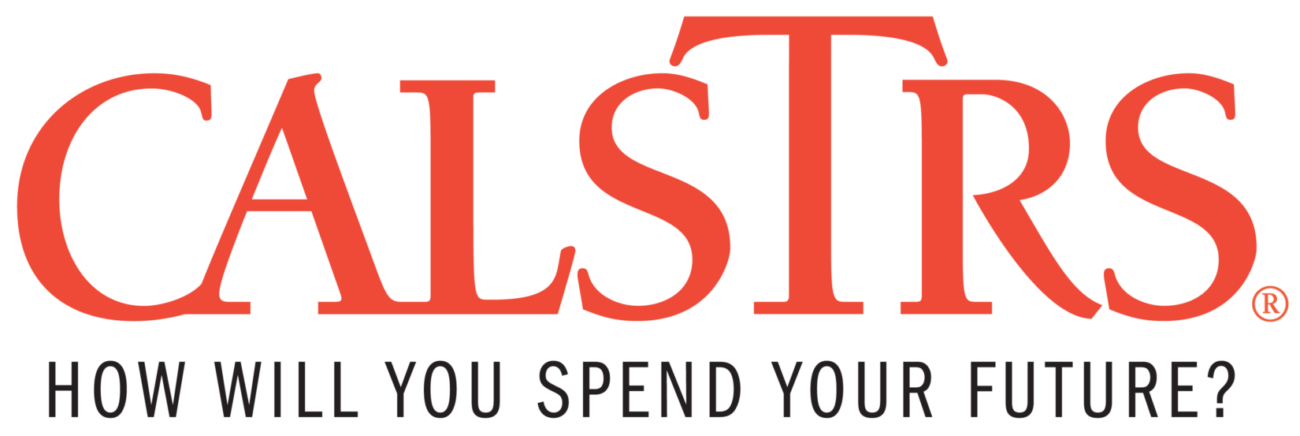Adjuncts, Choose Wisely: CalSTRS or APPLE
It is never too early to think about retirement. Many adjuncts see retirement as some distant goal better dealt with later, but the truth is that the sooner adjuncts begin planning for retirement, the more likely they will accumulate the resources to enjoy it.
PCC offers two retirement program options for adjunct faculty: CalSTRS, or the California State Teacher’s Retirement System (1-800-228-5453) and APPLE, or the Accumulation Program for Part-time and Limited-service Employees (1-800-634-1178). Adjuncts should also be aware that PCC does not deduct any money for Social Security. While an adjunct works at PCC, an adjunct will not accumulate any credit toward Social Security benefits. Other districts may offer a Social Security option, so adjuncts must investigate each district’s retirement options when they begin working there. Further, CalSTRS members may find at retirement that any Social Security benefits they have earned through previous employment could be reduced by the Windfall Elimination Provision of the IRS. For more information on this issue, visit the IRS or the Social Security web sites and consult your financial advisor.
CalSTRS
The California State Teachers Retirement System offers two programs: a Defined Benefit program that can provide for a lifetime pension upon retirement and a Cash Balance Program that acts much like an IRA. The CalSTRS Defined Benefit program provides an employee who has earned five years or more of service credit (that is, who has become vested) a fixed pension upon retirement. Service credit is accumulated by earning teaching hours, and while an adjunct is limited to 67% of what a full time teacher can work at any one school, if the adjunct teacher is a member of the CalSTRS Defined Benefit program at multiple schools, the adjunct can pool credit from each school toward earning a year’s credit. An adjunct at PCC contributes 8.00% of his or her salary and PCC contributes 9.205% every month to CalSTRS. Contributions are collected from all earnings, both from the regular semesters and from intersession and summer income. Further, because only a certain amount of earnings can be contributed to the Defined Benefit program every year, any additional contributions over that limit are deposited in a Supplemental Benefits fund, which accumulates at the same time as the main Defined Benefit program. This money, which is treated in the same way an IRA, becomes available to the adjunct when he or she retires. The amount of pension payment is determined at the time of retirement. For complete information, contact CalSTRS directly.
The Cash Balance program of CalSTRS acts like an IRA savings plan. Each month the State of California mandates that an employee in the program contribute at least 4% of his or her salary and PCC matches that contribution. The advantage of the Cash Balance plan is that vesting is immediate. The disadvantage is that there is no guaranteed pension payment upon retirement. The Cash Balance program was designed for adjuncts who did not expect to accumulate five years of service credit during their teaching career.
Recent changes in CalSTRS may affect adjuncts who are planning on retiring soon and who want to continue to work after retirement. After January 1, 2013, part time and full time retirees can return to work as a part time instructor, but the new rules do not allow a retired faculty member (full or part time) to both work as a part time faculty member and collect a CalSTRS pension payment for 180 days after retirement.If you wish to retire, but want to continue to teach, you
should investigate your options very carefully before making
any decisions.
Another change in retirement policy allows CalSTRS retirees to earn up to $41,732 (for 2016-17) working at a CalSTRS participating institution before their benefit is reduced (after, of course, “sitting out”, for 180 days). There are generally no limits on what a CalSTRS retiree can earn in any other employment.
APPLE
Apple is a program that offers similar tax free accumulation of retirement funds, but its benefits are smaller than the CalSTRS programs. For APPLE, an adjunct contributes 3.75% of his or her earnings and PCC matches that with a 3.75% contribution. The funds in an APPLE program do not generally become available to the participant until he or she has retired and stopped working at the college. For more information on APPLE, call the program provider directly.
The information offered here is as current as possible, but no one should make any financial decisions without consulting a professional advisor and double checking all the ramifications of each program. Contact CalSTRS at 1-800-228-5453 or visit their web site at www.CalSTRS.com. APPLE can be contacted at 1-800-634-1178. Adjuncts can also contact PCC Human Resources and speak with Conna Bain at 626- 585-7719. The best advice regarding retirement planning is to start early. For complete and up-to-date information, adjuncts should call CalSTRS or APPLE directly or consult with PCC Human Resources specialists.

